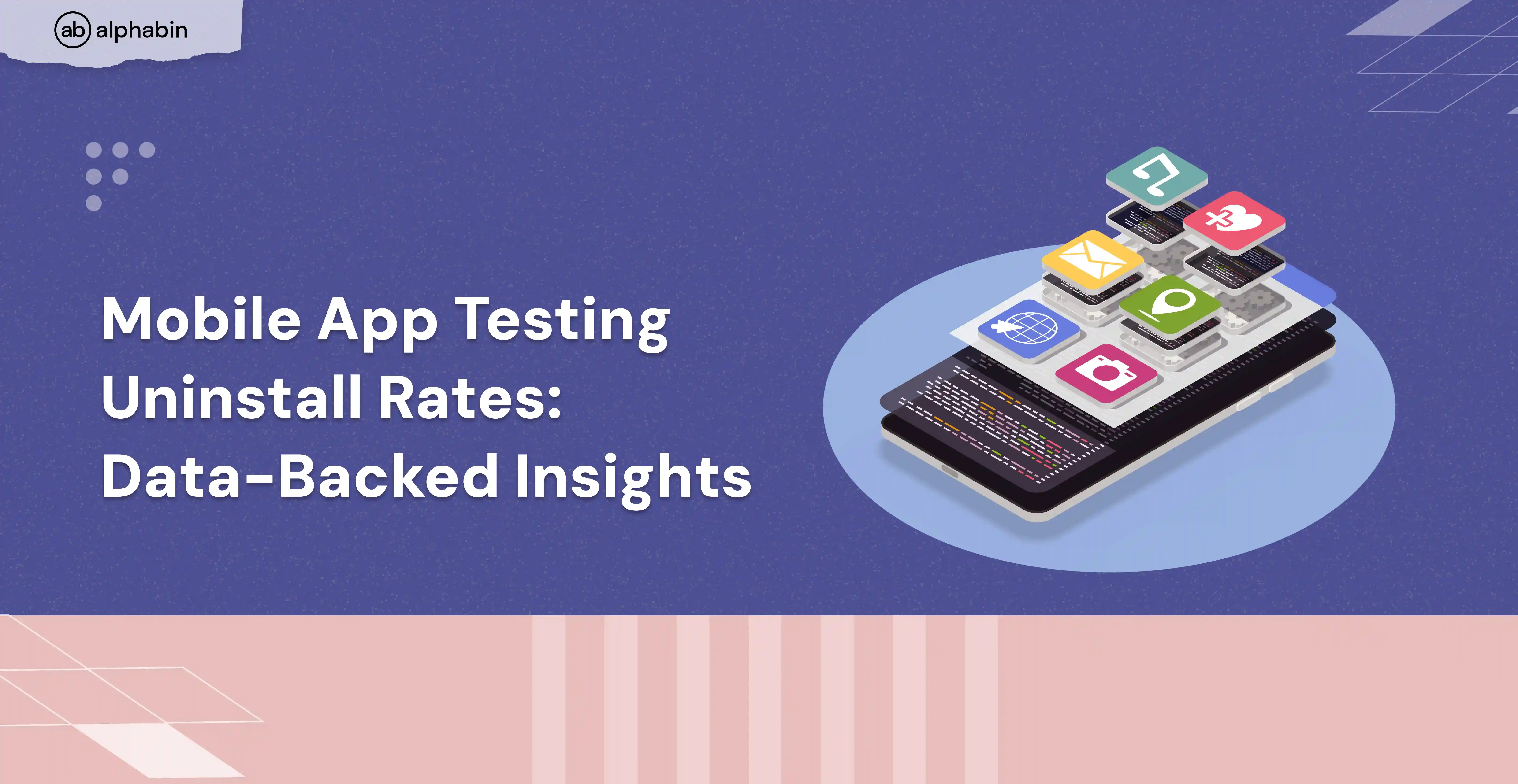Designing and deploying a mobile test automation framework design is a challenging process that requires careful strategic planning, the right tools, and best practices. Whether you are moving away from manual testing or starting from scratch, it is critical to approach the design process systematically to ensure your framework is scalable, efficient, and effective. Based on our extensive experience and research, we are going to present proven ways how to create a successful mobile test automation framework that improves testing procedures and app quality.
In this blog, we will share some of the best strategies for mobile automation framework design, based on our experience and research.
What is test automation framework design?
The automation framework design is basically the strategy of how a tangible test automation framework is planned and implemented to support the automation of testing of software applications. An automation framework is a way of properly organizing the setup of automated software testing to enhance the simplicity of developing, modifying, and performing tests. This framework is crucial throughout the software testing life cycle, ensuring that testing processes are efficient, scalable, and maintainable.
Define test automation Framework objectives and scope
The first step in designing an industry-ready mobile test automation framework is to define your test automation objectives and scope. For that, you must have a clear answer to the following questions:
- What are the main goals for implementing test automation in your project?
- What types of mobile tests do you want to automate?
- What are the features and functionalities of your mobile application that need to be tested?
- How often do you need to run the automated tests?
These are some of the questions that you need to answer before you start building your test framework. By defining your automation testing objectives and scope, you can align your framework pattern with your business requirements and expectations, and avoid unnecessary automation efforts.
Choose the right automation framework tools and technologies
The next step is to choose the right test automation framework tools and technologies that suit your mobile application and test framework pattern. There are many factors to consider when selecting automated testing tools and technologies, such as:
- The type and complexity of your mobile application (native, hybrid, or web)
- The platforms and devices that you need to support (iOS, Android, Windows, etc.)
- The programming languages and frameworks that you are comfortable with or prefer to use
- The cost and availability of the test automation tools and technologies, such as licences, subscriptions, support, etc.
- The features and functionalities that test automation tools and technologies offer, such as test recording, test execution, test reporting, test management, etc.
Here are some of the widely supported tools and technologies for mobile automation:
- Appium
- Selenium
- WebdriverIO
- Espresso
- Katalon Studio
- XCUITest
Best Strategies for Test Automation Framework Design
The third step is to following the best practices and standards for test automation, which will help you create a high-quality, consistent, and reliable automation framework.
Modular approach
Use a modular and reusable approach to design your test automation framework, by creating wrapper methods, libraries, and components that can be used across multiple test cases and scenarios.
Modular approach example:
Logger integration
Implement a custom logger that can capture and record the test execution details, such as test steps, test results, test errors, test screenshots, etc.
Implementation example:
Selecting a design pattern
Choose the right automation framework pattern for your mobile application testing, such as Page Object Model, Keyword-Driven, Data-Driven, Behavior-Driven development, etc., that can enhance the readability, maintainability, and scalability of your test code.
Here is an example of a simple Login BDD test scenario for a mobile app using Cucumber and Appium:
Structurize your project
Create a proper folder structure for your test code, by organizing the test files and folders according to their functionality, purpose, and hierarchy.
test-automation-framework
├── src
│ ├── main
│ │ ├── java
│ │ │ ├── config
│ │ │ │ └── Config.java
│ │ │ ├── drivers
│ │ │ │ ├── AndroidDriverManager.java
│ │ │ │ └── IOSDriverManager.java
│ │ │ ├── pages
│ │ │ │ ├── BasePage.java
│ │ │ │ ├── HomePage.java
│ │ │ │ ├── LoginPage.java
│ │ │ │ └── ProfilePage.java
│ │ │ └── utils
│ │ │ ├── Logger.java
│ │ │ ├── Reporter.java
│ │ │ └── TestUtils.java
│ │ └── resources
│ │ ├── app
│ │ │ ├── android
│ │ │ │ └── app.apk
│ │ │ └── ios
│ │ │ └── app.ipa
│ │ └── config.properties
│ └── test
│ ├── java
│ │ ├── base
│ │ │ └── BaseTest.java
│ │ ├── data
│ │ │ └── TestData.java
│ │ └── tests
│ │ ├── LoginTest.java
│ │ └── ProfileTest.java
│ └── resources
│ └── testng.xml
├── pom.xml
└── README.md
Separate test data
A final best practice is separating the test cases from the automation framework design, by storing the test data, test scripts, and test configurations in external files or databases, rather than hard-coding them in the test code.
Implement a continuous integration and delivery pipeline
The fourth step is to implement a continuous integration and delivery pipeline that can automate the test execution and deployment processes and ensure the continuous delivery of high-quality software.
There are 5 stages of continuous integration and delivery:
- Code analysis: A stage that checks the quality and security of the test code, using tools such as SonarQube, PMD, etc.
- Build: A stage that compiles and packages the test code using tools such as Maven, Gradle, etc.
- Test: A stage that runs the automated tests using tools such as Jenkins, Bamboo, etc.
- Report: A stage that generates and publishes the test reports, using tools such as Allure, TestNG, etc.
- Deploy: A stage that deploys the software to the target environment, using tools such as Ansible, Chef, etc.
An example of a Jenkins pipeline script using Appium and Java:
Use a cloud-based testing platform for cross-platform and cross-device testing
The fifth step is to use a cloud-based testing platform that can provide you with access to a large pool of real devices and browsers and enable you to perform cross-platform and cross-device testing.
However, cross-platform and cross-device testing can be challenging, as it requires a lot of resources, time, and effort to set up and maintain a physical device lab. A cloud-based testing platform can solve this problem, by offering you the following benefits:
- You can access hundreds of real devices and browsers with different operating systems, versions, and configurations.
- You can run your automated tests in parallel, on multiple devices and browsers, and reduce the test execution time and cost.
- You can leverage the advanced features and functionalities of the cloud-based testing platform, such as test recording, test debugging, test analytics, test collaboration, etc.
- You can integrate the cloud-based testing platform with your test automation tools and technologies and your continuous integration and delivery pipeline.
Here is how you can integrate a popular cloud-based platform BrowserStack with Java Appium:
- Set up the remote Appium WebDriver with your BrowserStack credentials and the desired capabilities for the app and device.
- Upload your app to BrowserStack using the REST API and get the app URL.
- Set the app capability to the app URL, and initialize the driver with the BrowserStack server URL.
- Write your test cases using Appium commands and run them on BrowserStack.
Conclusion
Mobile automation framework design is a critical and complex task, that requires careful planning, selection, and implementation of the best strategies, tools, and technologies.
At Alphabin, we follow the strategies that we have shared in this blog, you can create a scalable and maintainable open-source test automation framework that can support your testing needs and goals. Our expert team provides complete end-to-end testing and integration testing services to ensure the smooth performance of applications, improved functionality, and seamless user experiences across platforms. Trust us for advanced software testing services for optimizing your software quality and driving business success.



.svg)









